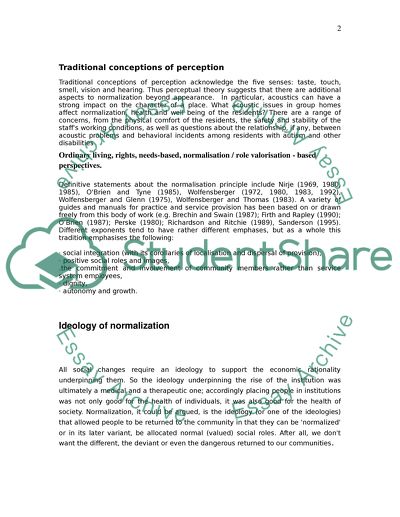Cite this document
(“Normalization Essay Example | Topics and Well Written Essays - 2000 words”, n.d.)
Normalization Essay Example | Topics and Well Written Essays - 2000 words. Retrieved from https://studentshare.org/psychology/1534641-normalization
Normalization Essay Example | Topics and Well Written Essays - 2000 words. Retrieved from https://studentshare.org/psychology/1534641-normalization
(Normalization Essay Example | Topics and Well Written Essays - 2000 Words)
Normalization Essay Example | Topics and Well Written Essays - 2000 Words. https://studentshare.org/psychology/1534641-normalization.
Normalization Essay Example | Topics and Well Written Essays - 2000 Words. https://studentshare.org/psychology/1534641-normalization.
“Normalization Essay Example | Topics and Well Written Essays - 2000 Words”, n.d. https://studentshare.org/psychology/1534641-normalization.


